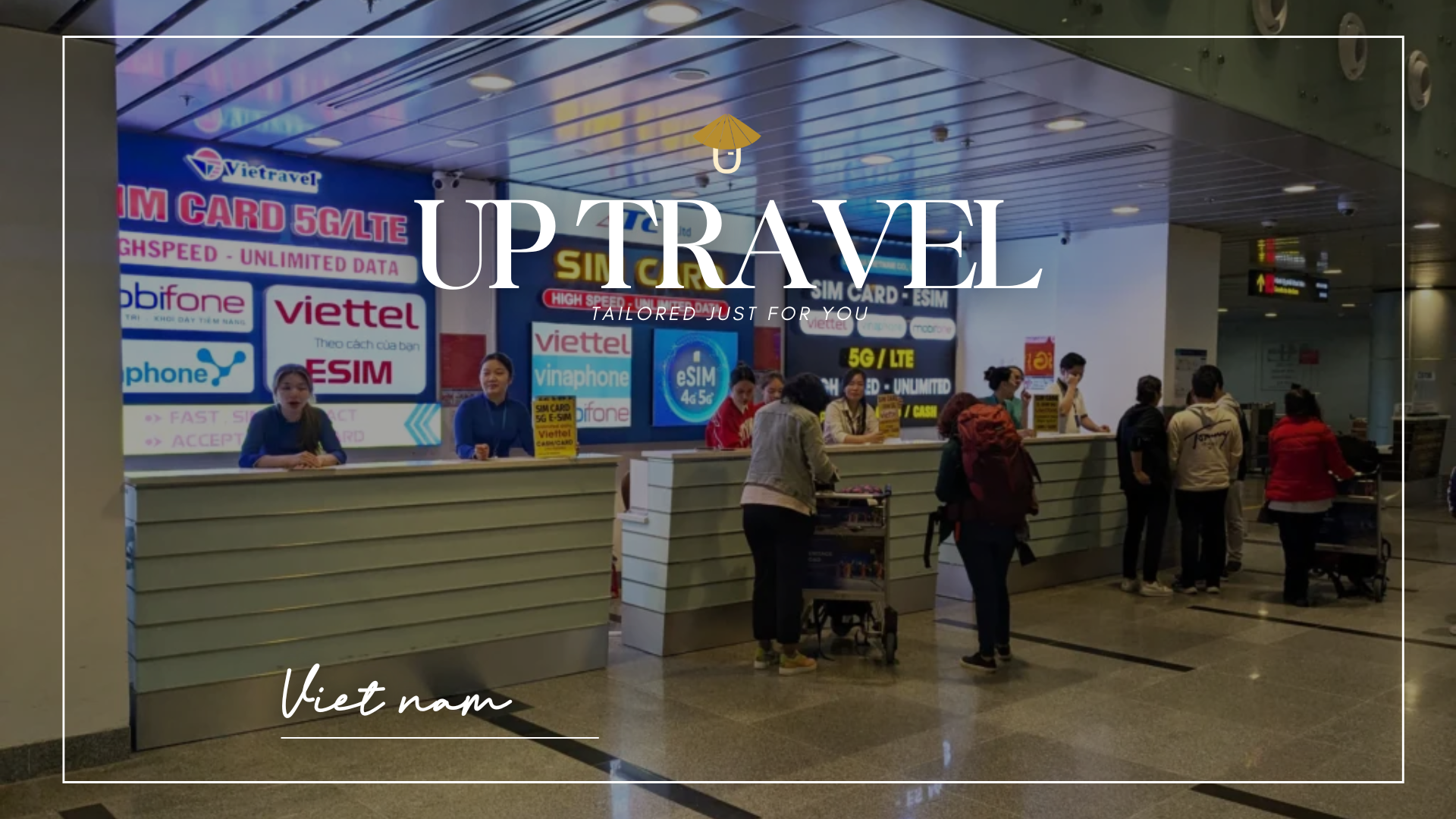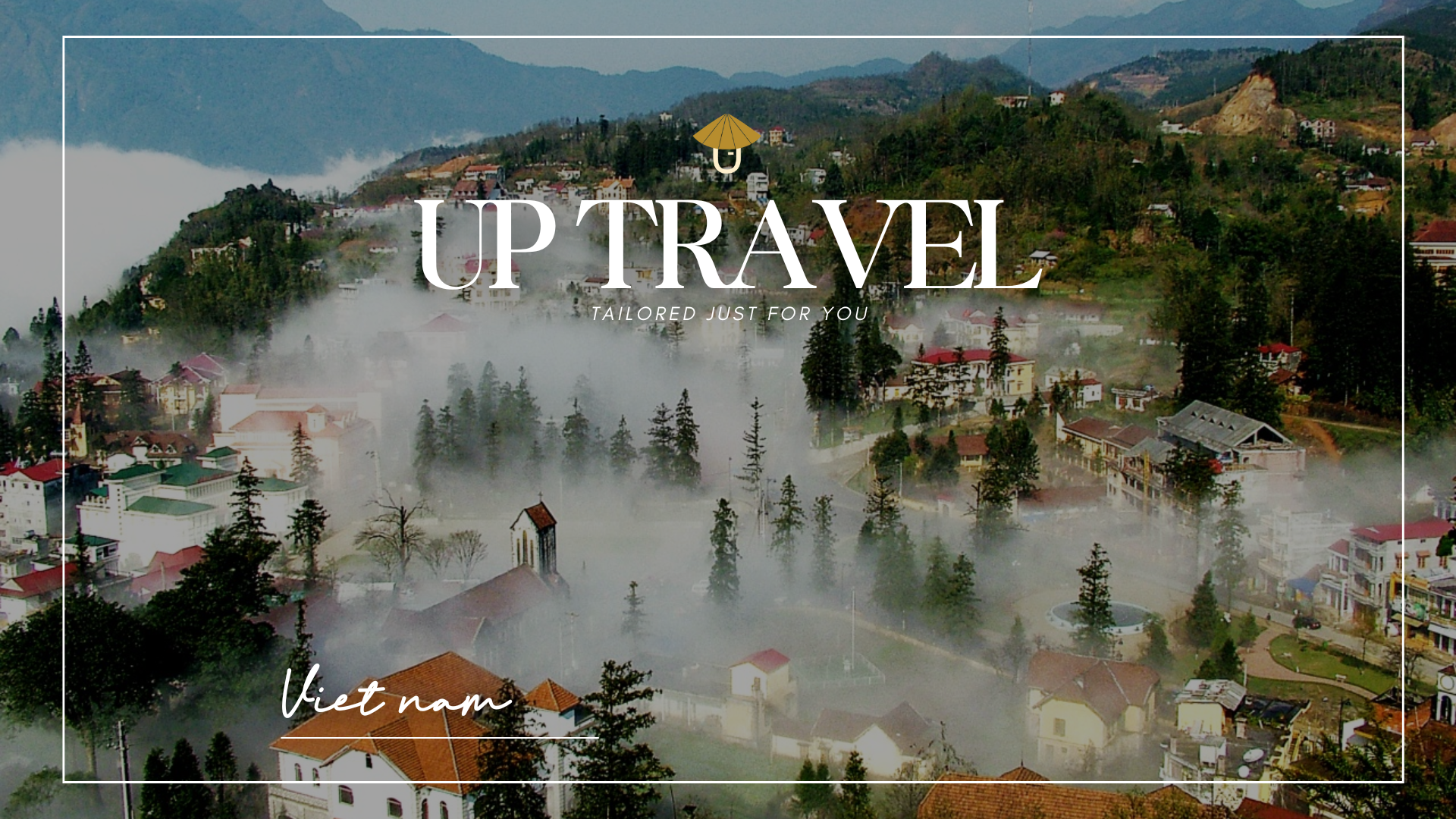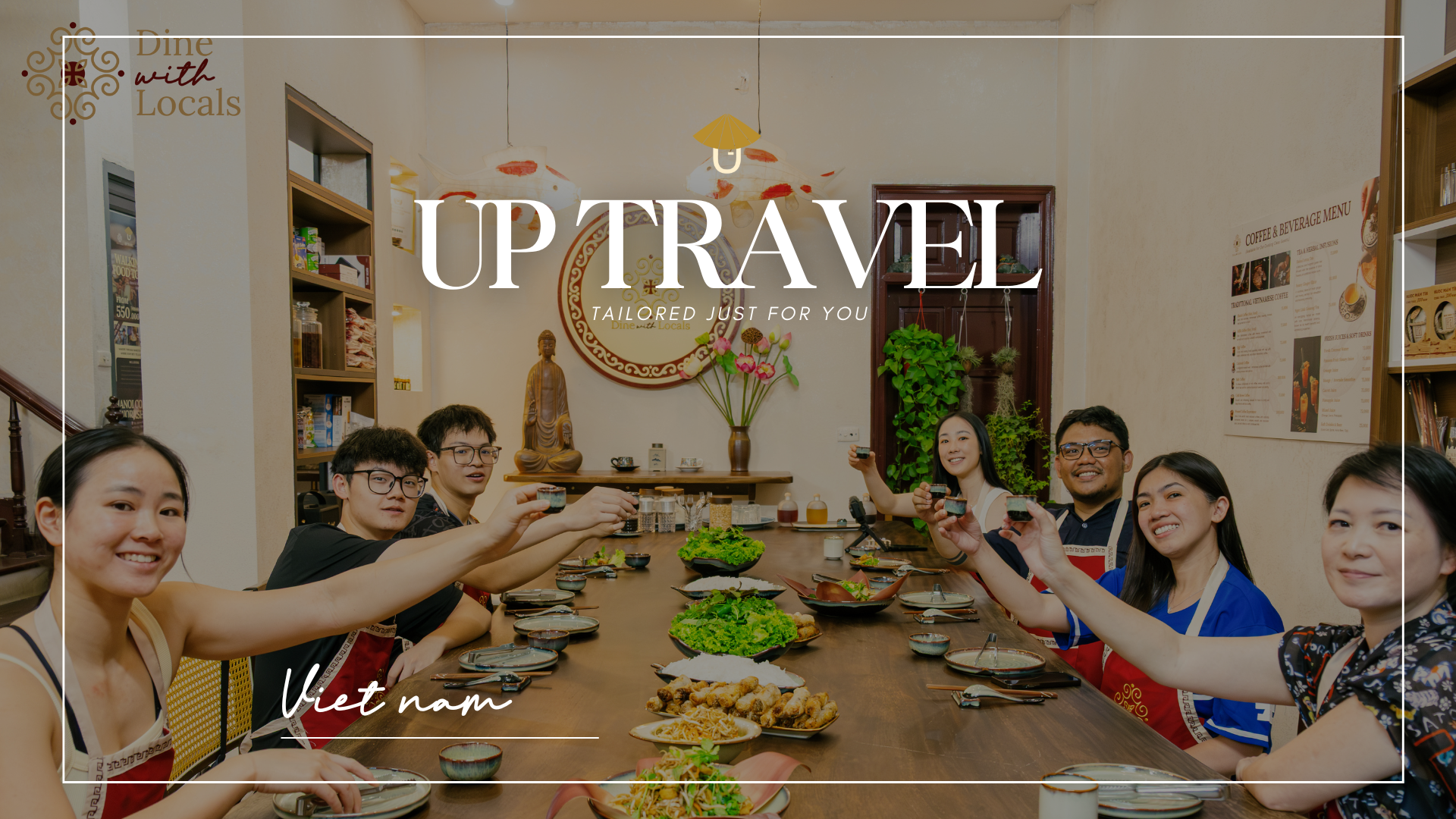Sapa: Where the Clouds Whisper Stories
There’s a kind of quiet magic in Sapa. Long before you see it, you feel it—the temperature drops, the road narrows, and the mist curls like silk ribbons around the mountains. Set deep in the highlands of northern Vietnam, Sapa isn’t just a destination—it’s a gentle unfolding. A place where time slows, clouds linger, and every winding path leads you into a story older than memory.
I came to Sapa chasing cool air and rice terraces, but I left with something else: a deep sense of calm and connection that’s hard to explain. Maybe it’s the way the mountains cradle the town like a secret. Or the way children laugh barefoot through the fields. Or how, at dawn, the valley lights up in layers of mist and green and golden sun.
Sapa has become more popular over the years, but at its core, it remains untouched in spirit—humble, generous, and grounded in traditions that run deep.
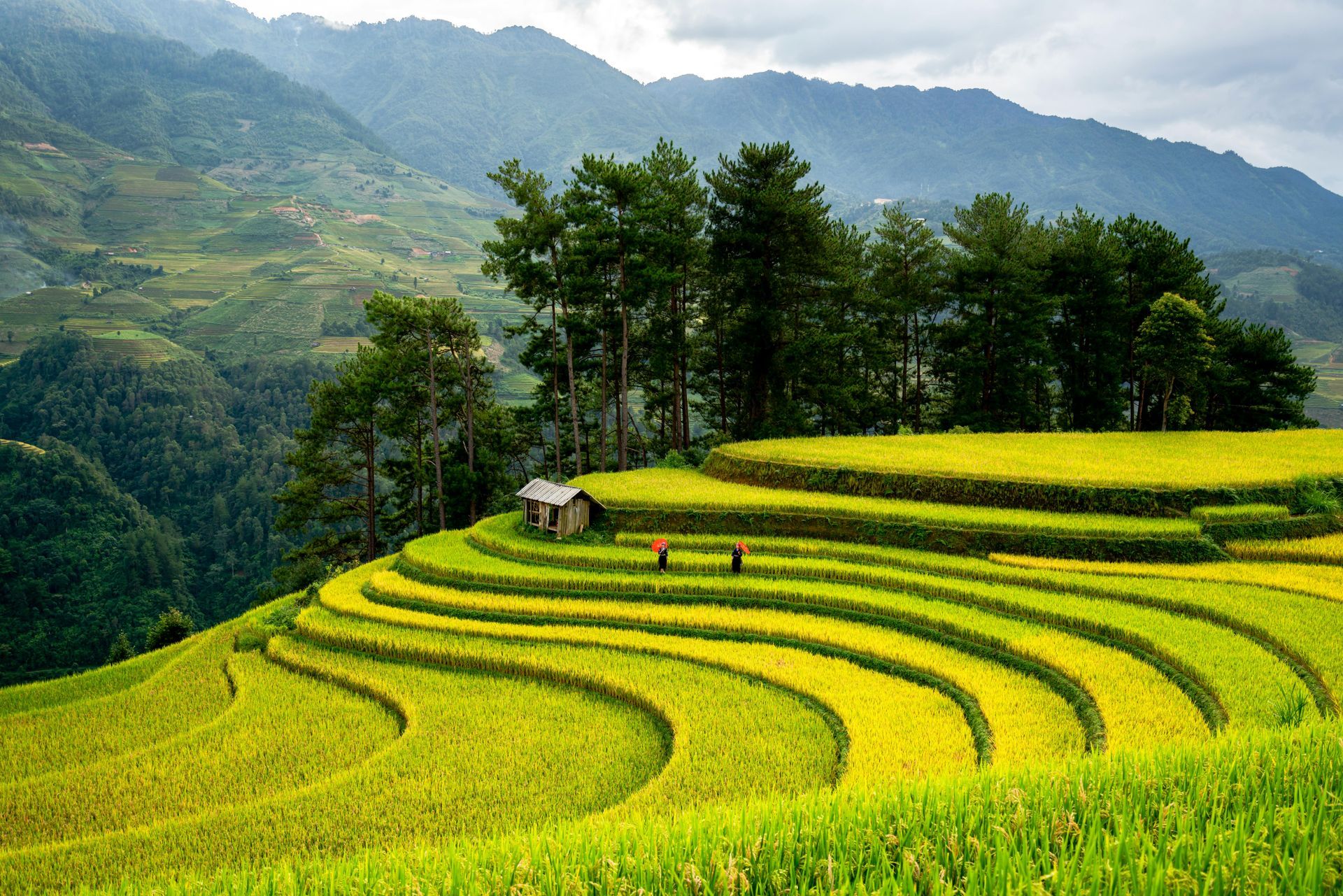
The Land: Where Rice Grows in Layers of Light
It’s hard to talk about Sapa without first talking about its iconic rice terraces. These are not just landscapes; they’re living canvases carved over centuries by ethnic minority communities like the H’Mong and Dao.
The best time to visit? Either May–June, when the fields fill with shimmering water and reflect the sky, or September–October, when the rice ripens into golden waves under the sun. Whichever season you choose, be prepared to be stunned—these terraces are a poetic fusion of nature and human resilience.
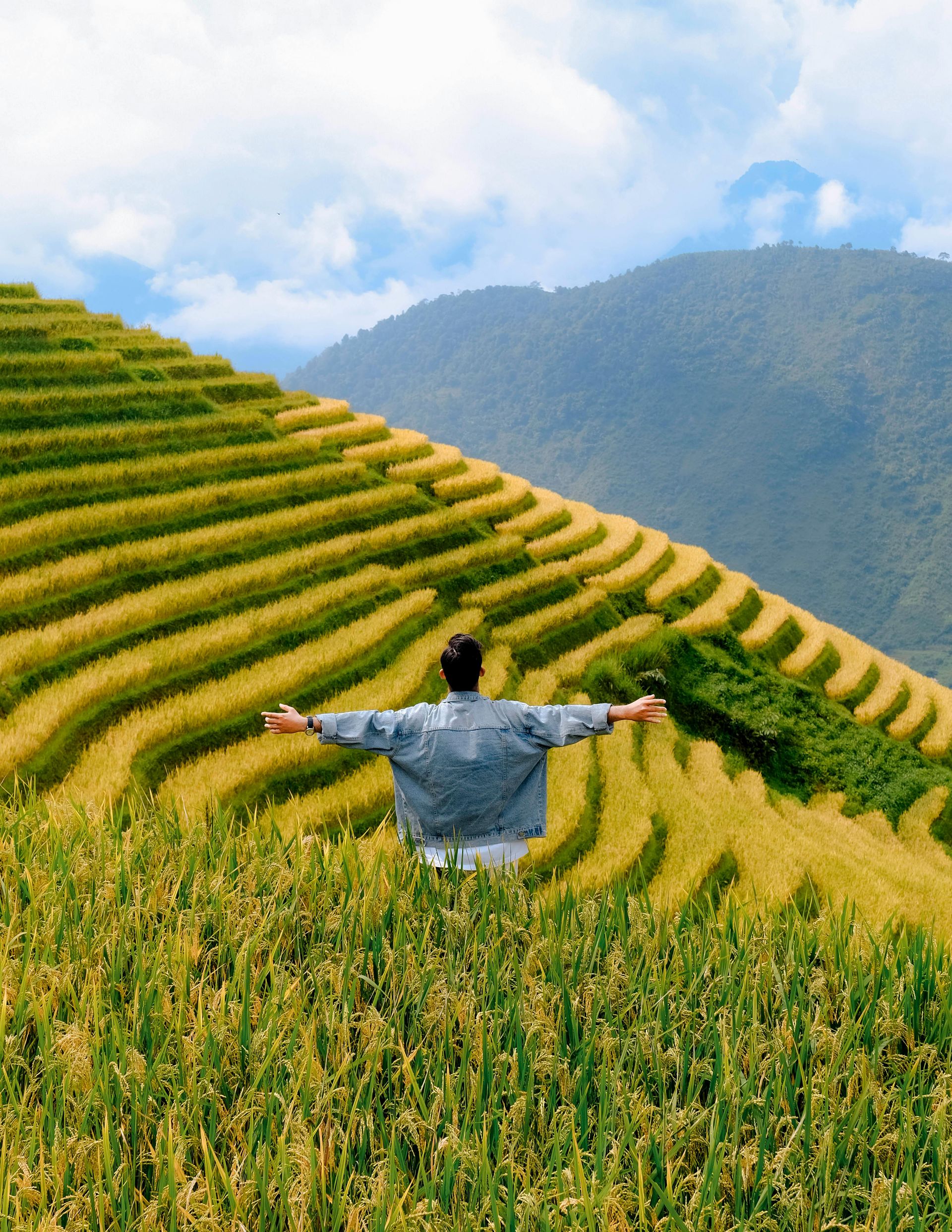
Trekking through them, you’ll hear the crunch of your boots, the distant call of farmers, the whisper of the wind through rice stalks. Some trails lead to waterfalls; others bring you face-to-face with small villages where life moves to a different rhythm. There’s nothing quite like it.
The People: Culture Woven by Hand
Sapa is home to several ethnic minority groups, each with its own language, dress, and traditions. The Black H’Mong are among the most prominent—known for their deep indigo clothing, handwoven textiles, and remarkable hospitality.

Spend a day with a local guide from one of these communities, and you’ll see Sapa through a different lens. They’ll take you off the beaten path—to their childhood homes, into kitchens where sticky rice is steamed over open flames, through bamboo forests that echo with the songs of birds and past stories.
You’ll learn how they dye cloth with indigo, embroider patterns passed down for generations, and navigate a changing world while holding tight to their roots. These aren’t museum pieces; they’re living cultures—resilient, beautiful, and endlessly fascinating.
The Town: French Echoes and Mountain Soul
Sapa town itself is small but bustling, perched on a hillside with sweeping views. There's a charm to its winding streets, colonial-era church, and vibrant night markets filled with handmade crafts, herbs, and street food.
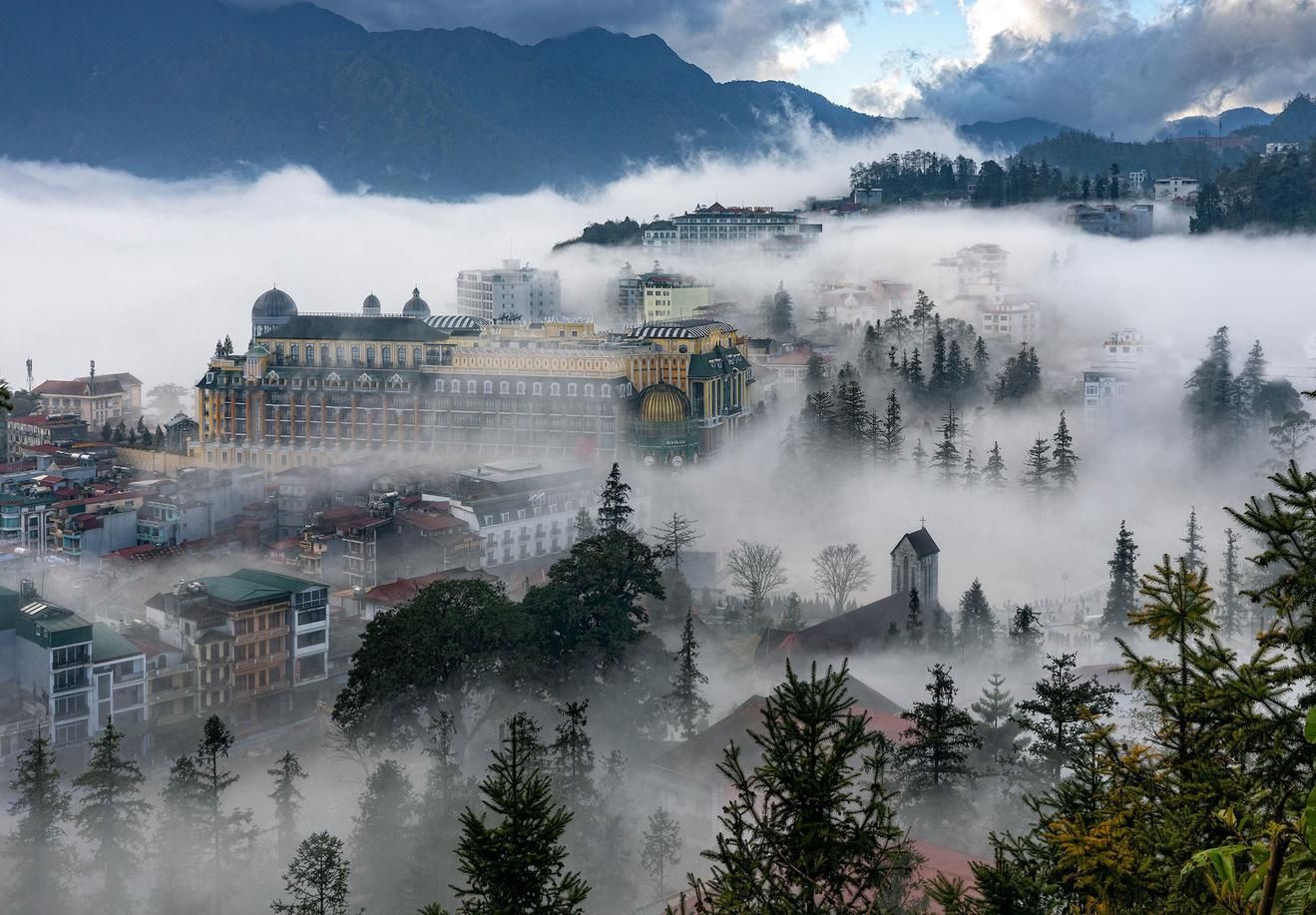
You’ll hear French echoes in the architecture—remnants from when colonial administrators sought refuge here from the Hanoi heat. But what gives Sapa its soul are the little moments: sipping ginger tea in a café overlooking the valley, warming your hands by a fire after a cold trek, watching mist roll in as night falls.
Don’t miss the Love Market, held on Saturday nights. It’s not just a place to buy souvenirs—it’s a cultural gathering where young people from different villages come to sing, meet, and celebrate identity.
What to Eat: From Mountain Herbs to Hotpot
Sapa’s cuisine reflects its altitude and ethnic diversity. Think mountain herbs, homegrown vegetables, buffalo meat, and sticky rice in bamboo tubes.
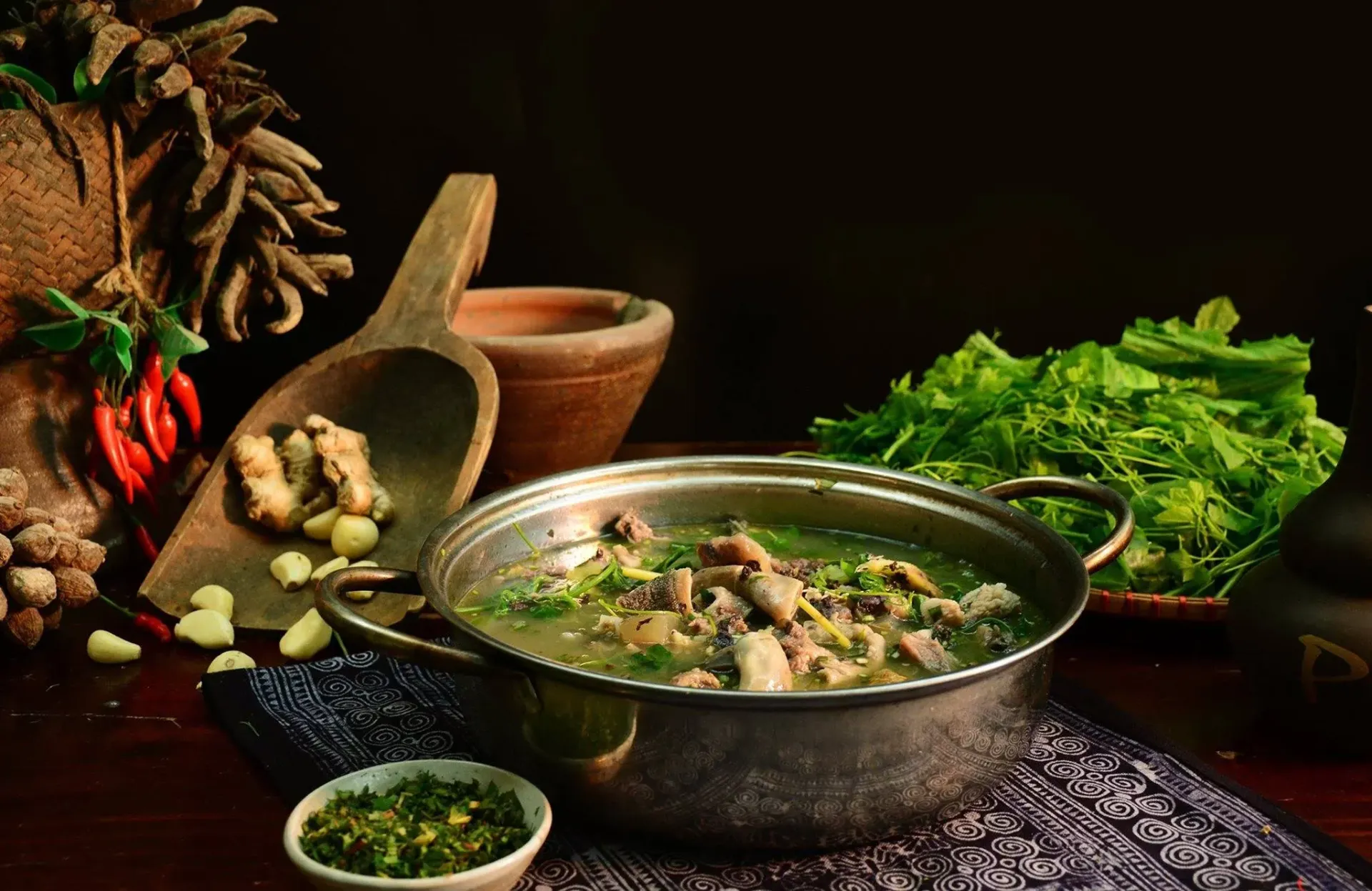
Try "thang co", a traditional hotpot once reserved for festivals, now a warming treat for chilly evenings. Or grilled skewers sold at the night market—chicken, pork, mushrooms, sweet potatoes—smoky, spicy, and served with a smile.
For breakfast, nothing beats a hot bowl of pho as the fog lifts from the streets. And if you’re up for it, ask a local to prepare a traditional H’Mong meal—it’s hearty, humble, and unforgettable.
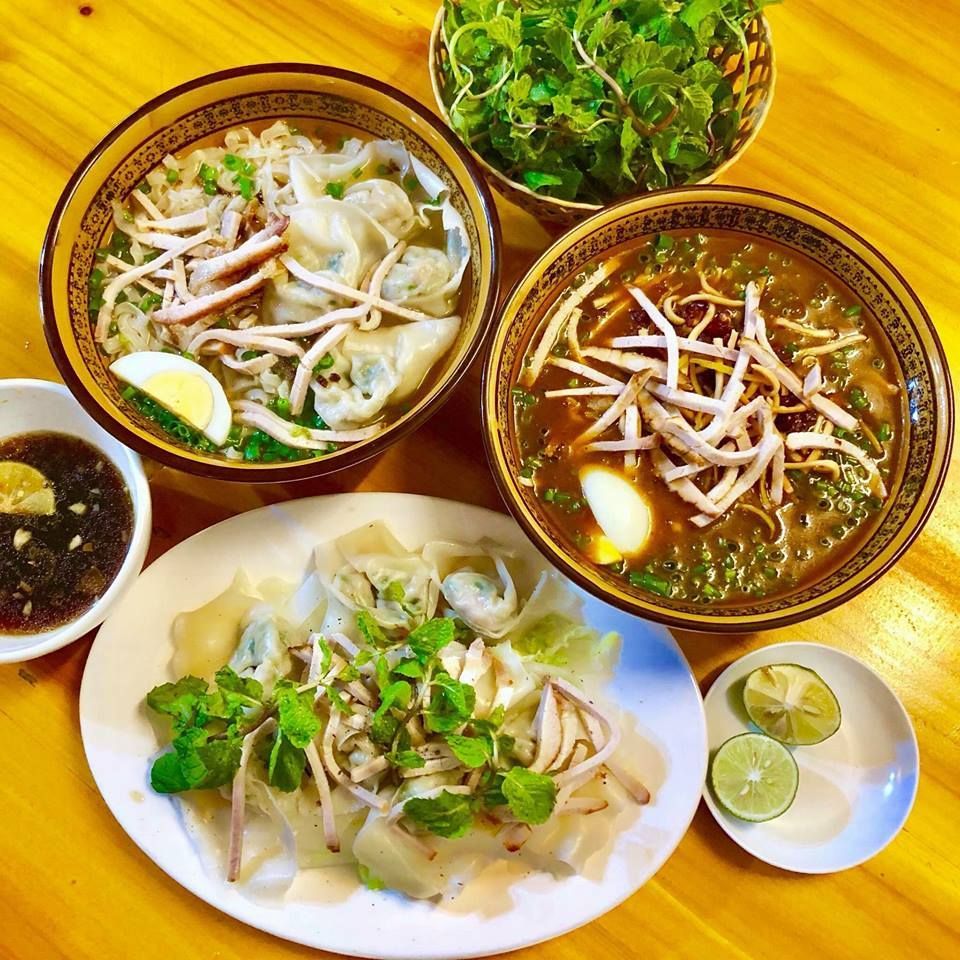
How to Get There and Around
From Hanoi, Sapa is about 5–6 hours by expressway or overnight train to Lao Cai, then a short drive uphill. Buses are increasingly popular, but the train offers a slower, nostalgic option that many travelers love.
Once you’re in Sapa, the best way to explore is on foot or by motorbike. Many accommodations can arrange treks—ranging from gentle village walks to multi-day adventures. If you're short on time, local taxis and shuttles are available, but trust us: walking is part of the magic.
Tips for Travelers
- Pack layers: Even in summer, nights in Sapa can be cool and misty.
- Support local: Stay in family-run homestays or book treks through ethical tour operators like Up Travel, who partner with local communities.
- Respect culture: Ask before taking photos, learn a few words in the local language, and remember you’re a guest in someone’s home.
- Don’t rush: Sapa rewards slow travel. Give yourself time to absorb, connect, and reflect.
At Up Travel, we don’t just take you to Sapa—we invite you into its soul. Our experiences are designed to help you go deeper: trekking with locals, learning to cook traditional meals, sleeping in homes where the stars feel close enough to touch.
Book your Sapa journey today—and let the mountains speak to you.


